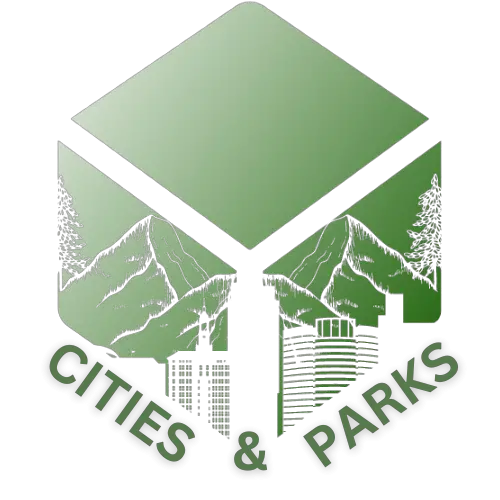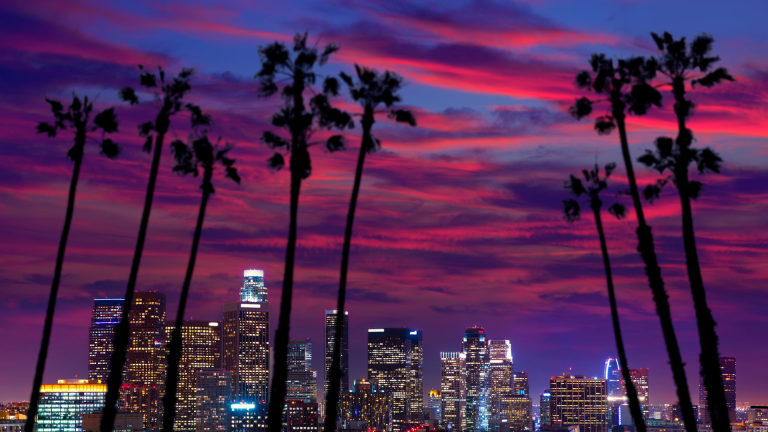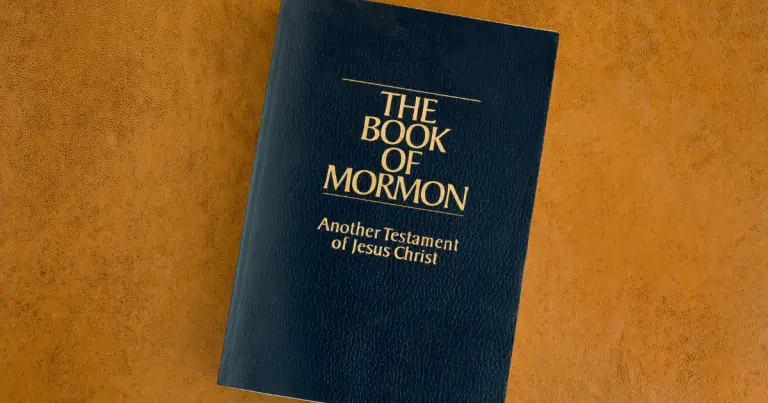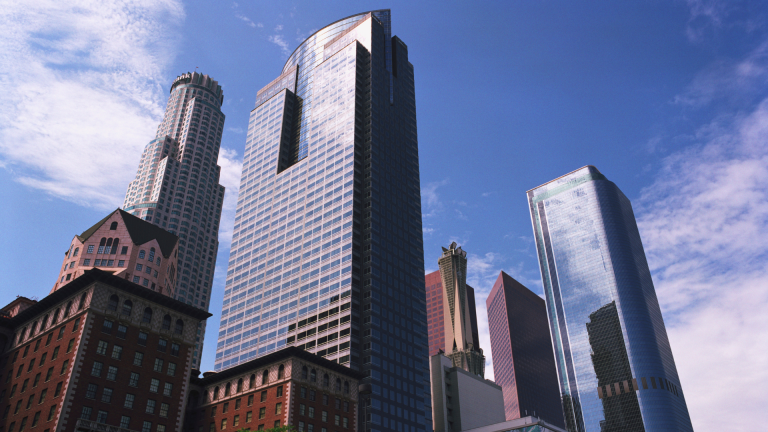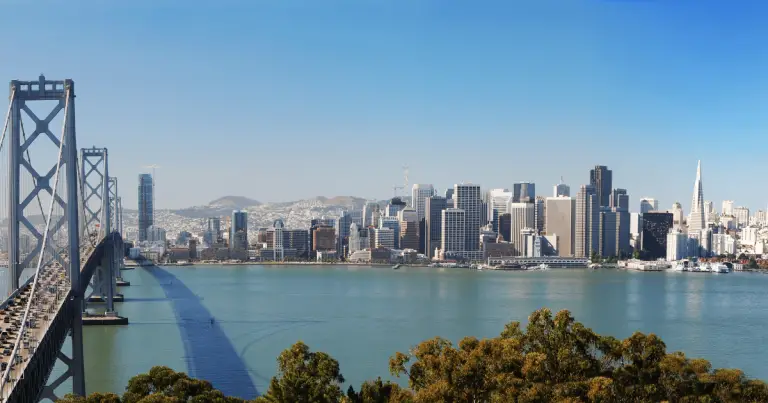The Timeless Icon: Exploring the San Francisco Clock Tower
Renowned for its iconic landmarks, San Francisco boasts the SF Clock Tower among its notable treasures. Referred to as the Ferry Building Clock Tower, this distinctive structure graces the city’s skyline, encapsulating a wealth of history and culture woven into the fabric of San Francisco’s identity.
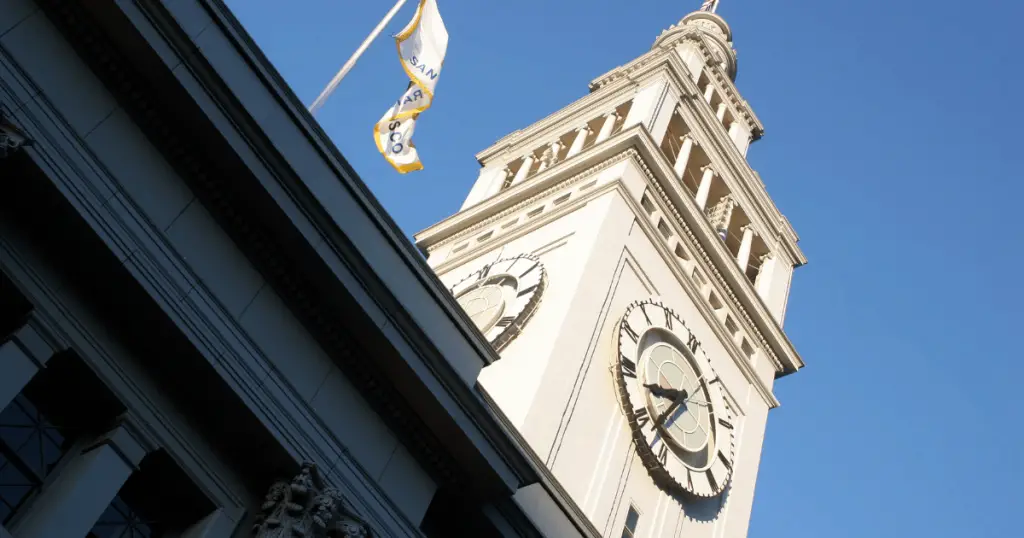
A Glimpse into SF Clock Tower History
The SF Clock Tower was built in 1894 and is 245 feet tall. It was part of a grand plan to build a central transportation hub in San Francisco. The Ferry Building was built to provide a terminal for ferries that connected San Francisco to Oakland, Berkeley, and other cities in the East Bay.
The clock tower was a navigation aid for sailors who navigated their ships in San Francisco Bay. The tower’s four clock faces are each 22 feet in diameter, making them some of the most giant clock faces in the world.
During the 1906 earthquake, the structure of the clock tower survived despite the damage to the rest of the Ferry Building. However, the clock stopped running and was out of service for almost 40 years.
After being restored in 2000, the clock now operates electronically 24 hours a day, and its tower is visible from quite a distance.
Home to Several Offices and Boutiques
The SF Clock Tower also houses offices and boutiques. The Ferry Building, located at the base of the clock tower, has many specialty food shops and restaurants which offer a wide range of cuisines.
The Farmers’ Market, which takes place on Tuesdays, Thursdays, and Saturdays, is also located in the Ferry Building.
The tower is easily accessible by public transportation, and plenty of parking options exist for those who wish to drive. The Ferry Building is located on the Embarcadero, and it’s easy to reach by bus, streetcar, or BART. Visitors can also explore the Bay Area by boat by ferry from the Ferry Building Terminal.
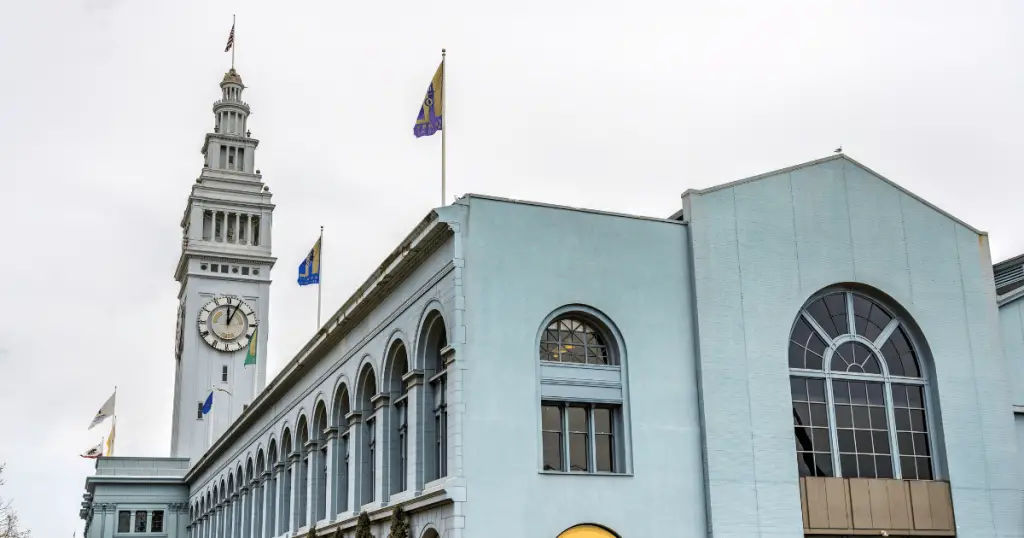
Architectural Splendor of SF Clock Tower
The architectural brilliance of the SF Clock Tower is a sight to behold. Designed by A. Page Brown in the Beaux Arts style, the Ferry Building resembles a classic Roman structure with a 660-foot-long skylit nave that serves as the grand hallway.
The clock tower, inspired by the 12th-century Giralda bell tower in Seville, Spain, is a testament to the fusion of structural pragmatism and aesthetic grandeur.
The structure is adorned with intricate molding patterns and is topped with an impressive cupola, adding to its majestic presence. Illuminated at night, the four colossal clock faces continue to serve as beacons, reflecting its historic purpose as a navigational aid.
Today, the SF Clock Tower is not merely a time-keeping monument but a symbol of San Francisco’s architectural innovation and resilience, standing tall against the azure Californian sky.
Cultural and Symbolic Significance
The Clock Tower in San Francisco is more than just a historical monument or an architectural marvel; it’s a cornerstone of San Francisco’s identity. The clock tower, rising above the city’s skyline, is a timeless reminder of the city’s past, present, and future.
Its resilience, as evidenced by its survival through the 1906 earthquake, mirrors the tenacity of San Francisco’s citizens. It stood as a beacon for sailors in the past, and today, it stands as a beacon for the city’s inhabitants and visitors, guiding them through the vibrant cityscape.
The clock tower’s continued functionality and adaptability, from a ferry terminal to a commercial hub, reflect the city’s dynamic spirit.
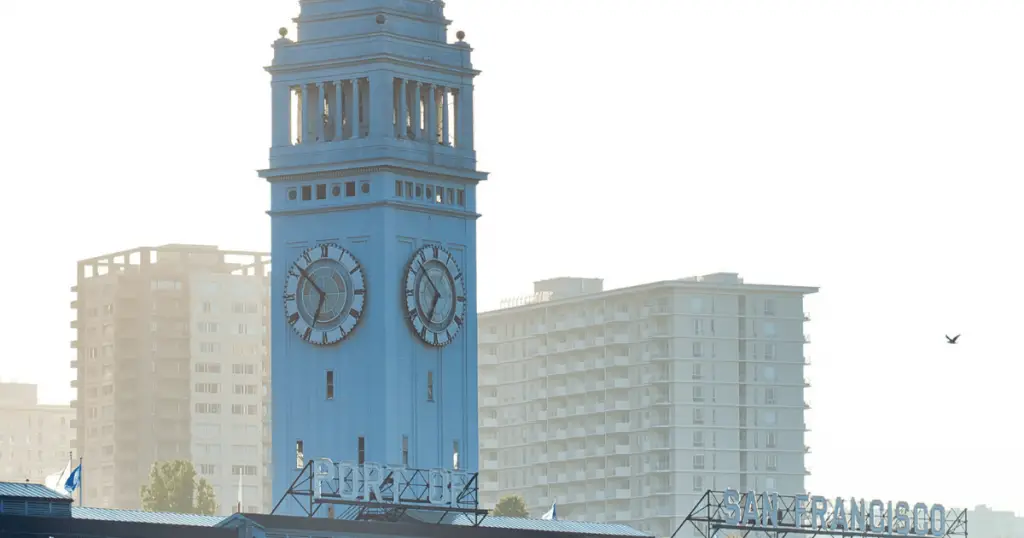
As well as being a cherished landmark, the SF Clock Tower symbolizes the city’s resilience, adaptability, and assimilation into the global community.
It is a testament to San Francisco’s rich tapestry of history, culture, and architectural innovation, playing a significant role in the city’s unique identity.
Preserving the Past for the Future
The San Francisco Clock Tower has undergone extensive restoration and preservation efforts to maintain its architectural integrity and functionality.
After the 1906 earthquake, the clock tower stood resilient, but the clock mechanism was damaged and remained out of service for nearly four decades. It wasn’t until the restoration project in 2000 that the giant timekeeper was revived.
This significant restoration project was led by Architectural Resources Group and Page & Turnbull, who meticulously preserved the original architectural features while integrating modern amenities.
The project was a careful balance of historic preservation and modernization, maintaining the tower’s original character while enhancing its use for the 21st century.
The restoration efforts also focused on conserving the tower’s intricate molding patterns and majestic cupola, which continue to add to its grandeur.
Its use as a timekeeper and a testimony to architectural preservation makes the clock tower an essential part of the city’s history.
Ongoing preservation efforts ensure that the SF Clock Tower continues to symbolize San Francisco’s resilience and architectural innovation, contributing to the city’s skyline for future generations.
A Landmark for All
The tower has become an iconic landmark in San Francisco, with its soaring height and magnanimous clock faces visible from afar. It has been a reliable reference point for locals and visitors navigating the city’s bustling streets and waterfront.
The grandeur of its architectural style and its significant role in the city’s history makes it a must-visit site on any San Francisco itinerary.
Its location within the Ferry Building, a hub of culinary delights and local commerce, makes it a popular gathering spot. Farmers’ Markets, boutique shops, and gourmet restaurants have transformed the clock tower into a vibrant center of community life.
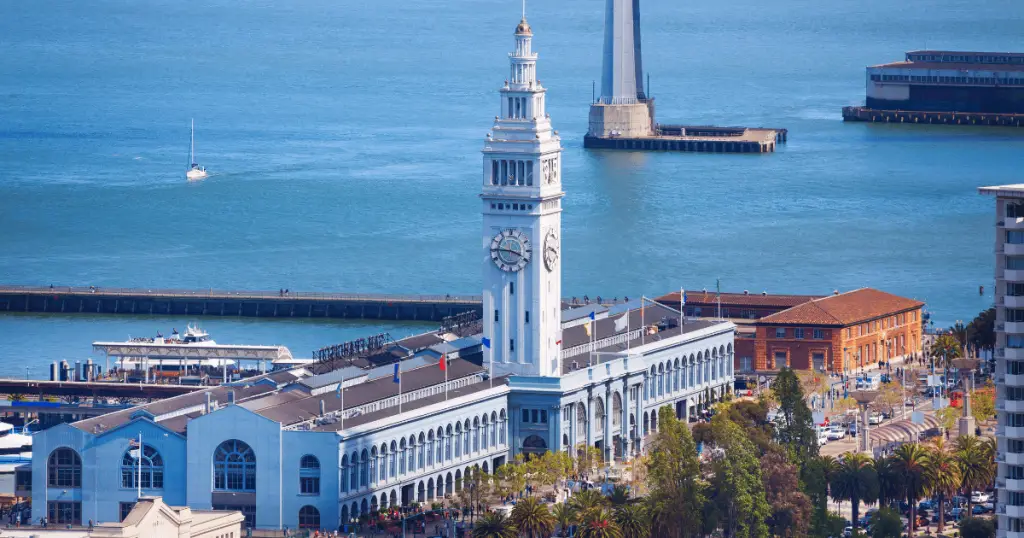
As a landmark, the SF Clock Tower embodies the city’s dynamic spirit and cultural richness, continuing to charm residents and tourists alike with its timeless appeal and enduring presence.
The Clock Tower is a symbol of San Francisco’s core, serving as a reminder of its past, while being a contribution to its present and shaping its future.
Adapting to Modern Times
Apart from standing as a symbol of the city’s architectural prowess and historical heritage, the SF Clock Tower has also evolved to possess significant functional and utilitarian value in the modern era.
It is a central landmark within the bustling Ferry Building, a hub for quality food and shopping. The Ferry Building houses various speciality food shops and gourmet restaurants catering to various culinary tastes.
Its weekly Farmers’ Market is a crowd-puller, offering fresh, locally grown produce and artisanal goods, attracting locals and tourists. The clock tower’s prime location makes it a focal point for these activities, drawing the community together and promoting local commerce.
The Ferry Building, distinguished by the iconic clock tower, also serves as a terminal for numerous ferry routes, enhancing the city’s transportation network. What was once a beacon for sailors now aids in the smooth functioning of daily commutes and travel.
The SF Clock Tower is also frequently used as a backdrop for cultural events, photography sessions, and movie shoots, contributing to the city’s vibrant cultural and artistic scene. The lighted clock face, visible for miles, continues to guide people, functioning as a navigational tool, especially at nighttime.
The SF Clock Tower is an architectural marvel and a modern, multifunctional complex that significantly contributes to the city’s economy, culture, and transportation.
By constantly adapting to contemporary needs while maintaining its historical essence, it truly symbolizes the dynamic spirit of San Francisco.
Conclusion: SF Clock Tower
The SF Clock Tower is an iconic landmark in San Francisco and provides a glimpse into the city’s rich history. It’s towering structure and unique design and functionality make it a must-see spot for tourists and locals alike. The tower’s central location in the city coupled with the variety of shops, restaurants, and Farmers’ Markets near it makes it a great spot to visit and spend the day. If you’re planning a trip to San Francisco soon, don’t forget to add the SF Clock Tower to your itinerary.
